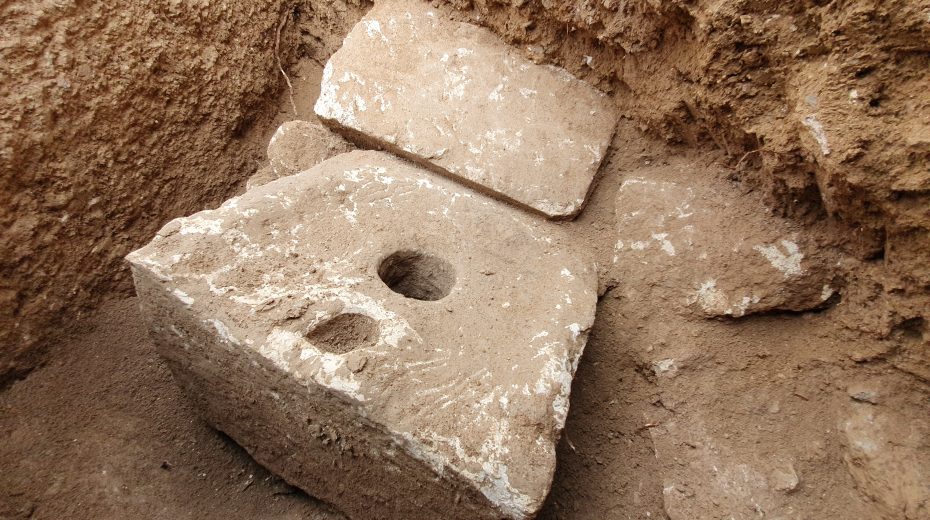A toilet from the time of the First Temple has been discovered in the Armon Hanatziv neighborhood of Jerusalem. It was part of a royal estate that was inhabited at the end of the era of the Judean kings, namely in the 7th century BC.
The magnificent building near Jerusalem’s Armon Hanatziv Promenade has been undergoing excavations for two years in a cooperative dig conducted by the Israeli Antiquities Authority and the City of David Foundation.
The bathroom is a rectangular cubicle with a chiseled toilet over a deeply buried septic tank. The limestone toilet allows one to sit comfortably. Yaakov Billig, head of the excavation on behalf of the Israel Antiquities Authority: “A private toilet was very rare in ancient times. Few were found, most of them in the City of David. Only the rich could afford a toilet. A thousand years later, the Mishnah and Talmud set different criteria for defining a rich person. Rabbi Yossi was of the opinion that a wealthy person is characterized by having a toilet next to his table.”
A septic tank was discovered below the toilet containing a large amount of First Temple ceramics and animal bones. The findings can shed light on the way of life and diet at the time of the First Temple. It is also hoped that information about the hygiene practices of that time will be obtained.
The excavations also revealed impressive architectural objects, including stone capitals designed by an artist in a style typical of the First Temple period, as well as small pillars that served as railings for windows. The archaeologists found evidence that a garden with ornamental trees, fruit trees and aquatic plants was laid out near the toilet cubicle. The discoveries made it possible for the researchers to trace the floor plan of an extensive property that it would be no exaggeration to call a palace.















